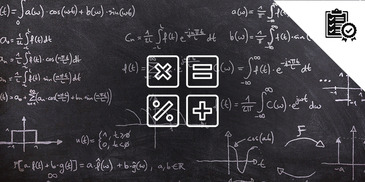
Students work with the concept of equality and balance to solve one and two-step algebraic equations.
- Subject:
- Mathematics
- Material Type:
- Lesson Plan
- Provider:
- BetterLesson
- Date Added:
- 12/01/2022


Students work with the concept of equality and balance to solve one and two-step algebraic equations.

Kindergarteners find classifying and ordering fascinating. In this lesson, students learn to sort by color.

SWBAT identify the math all around them and explain their thinking.

Students use their knowledge of place value to determine whether a comparison statement is true or false.

The students are working on the concept of adding and subtracting time along with developing their own strategies to figure out elapsed time.

Kindergarteners love to identify shapes in their environment. In order effectively do that, they must be able to recognize different shapes by their specific attributes. In this lesson kindergartners learn about the attributes of a square.

SWBAT identify and build numbers based on base ten language.

Students create line plots and analyze data using measurement data with quarter unit fractions.

Students apply measurement, graphing, and data skills to the real world context of physical education with standing jumps.

Students measure fish to determine if the fish is a keeper or not a keeper. In doing so, they also tackle rigorous measurement questions!

SWBAT match a numeral with its written digit form for numbers below 20 and learn the meaning of digit and numeral.

Students can use graphs to carry the theme of kindness into their worlds.

Students can find patterns in 4-digit numbers that will help them when counting over decades and centuries.

I want my students to realize that numbers are everywhere and math is applicable to almost all other subjects. Geography offers a perfect opportunity for students to make this connection.

SWBAT to use the orders of operations to solve numerical expressions.

SWBAT be part of a team and successfully play a game with a partner, practicing the norms that have been established. SWBAT successfully explore three of the math tools that they will be using throughout the year.

Students will be able to compare objects.

Breaking figures into smaller squares and rectangles allows me to multiply to find the area

The students have been working with the numbers 1-6. Now it's time for them to show what they know with this interactive and fun review.

A comparison is not the addition of two numbers, but a difference. Seeing the visual difference is the focus of this lesson.